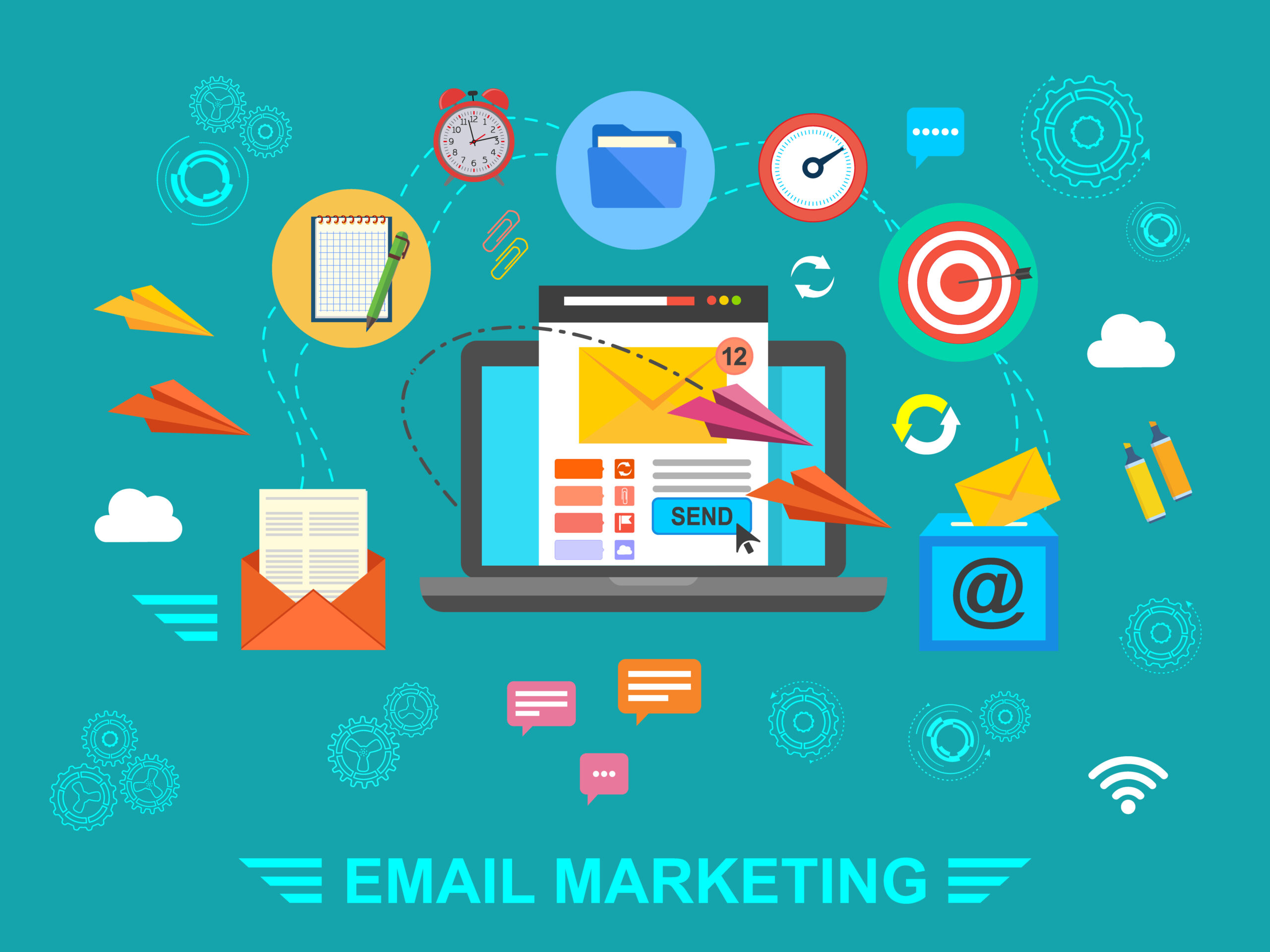MEASUREMENT IS BECOMING an imperative in marketing. Savvy marketers naturally prefer to invest money in a strategy with a measurable return on investment, because without measurement, you’re just throwing darts blindfolded. This is why email-marketing campaigns have remained so popular: it’s easy to measure their effects and test out tweaks to generate stronger results. Every marketer knows the importance of developing a growing list of email addresses, writing engaging subject lines, and keeping messages readable on mobile devices — but once you’ve mastered these basics of email marketing campaigns, you’re ready to take some more complex tactics for a spin. Professional email platforms have offered “trigger” capabilities for the last few years, allowing you to automatically and easily send lightly personalized emails to customers based on specific events. For example, you might send a traditional “welcome” message immediately after a new subscriber signs up for your newsletter or a “thank you” message after a customer places an order. However, now there are more sophisticated triggers worth taking for a spin. For example, 30 days after your customers make purchases, you could automatically send an email prompting them to write reviews. You could also recommend additional products or services that complement their last purchases. If the customer provided an email address to download an informative article or industry research, trigger an email offering related content to continue the conversation after the initial download. You should also send emails to prospects automatically when they move into a new step in the sales process. For example, you could send an FAQ addressing common customer concerns at each stage in your sales cycle, like describing how your product or service compares to the competition. Today’s consumers rely heavily on “social proof” before making purchases. They want to know what other consumers have to say about your brand. You can expedite your sales cycle by including customer reviews or positive customer tweets in your email campaigns. You should also ensure that your campaigns each have a single call to action, asking the customer to take one specific next step. If you include more than one next step in your message, it can cause indecision, delayed responses or just generally lower response rates. Email marketing is one of the easiest of all marketing channels to test and tweak. Start by dividing your audience in half, and test out two different emails. You could compare the results of two different subject lines, two headlines, two different days of the week or times of day for distribution, or sending the email from two different email addresses. In fact, the ease with which you can test one email marketing technique against another allows you to strategically break all the rules, one at a time, so you can determine what works uniquely for your brand.
Recent Posts
- Optimization vs. Testing: Do You Know the Difference?
- Friction Points in the Customer Journey You Can’t See Without Objectivity
- Fear of Raising the Bar: The Hidden Obstacle Blocking Predictable Growth
- Why Differentiation, Not Imitation, Drives Market Share
- How to Build a Culture That Chooses Data Over Assumptions
Related Posts
 Marketing Strategy
Marketing Strategy
Optimization vs. Testing: Do You Know the Difference?
Key Takeaways: Testing is experimentation; optimization is continuous improvement. Confusing the two leads to either…
Dhruv SinghDecember 5, 2025
 Marketing Strategy
Marketing Strategy
Friction Points in the Customer Journey You Can’t See Without Objectivity
Key Takeaways: You can’t spot the flaws in processes you helped build. Unbiased outsiders uncover…
Dhruv SinghDecember 5, 2025
 Marketing Strategy
Marketing Strategy
Fear of Raising the Bar: The Hidden Obstacle Blocking Predictable Growth
Key Takeaways: Leaders resist guarantees not because they’re impossible, but because higher expectations feel uncomfortable.…
Dhruv SinghDecember 5, 2025




